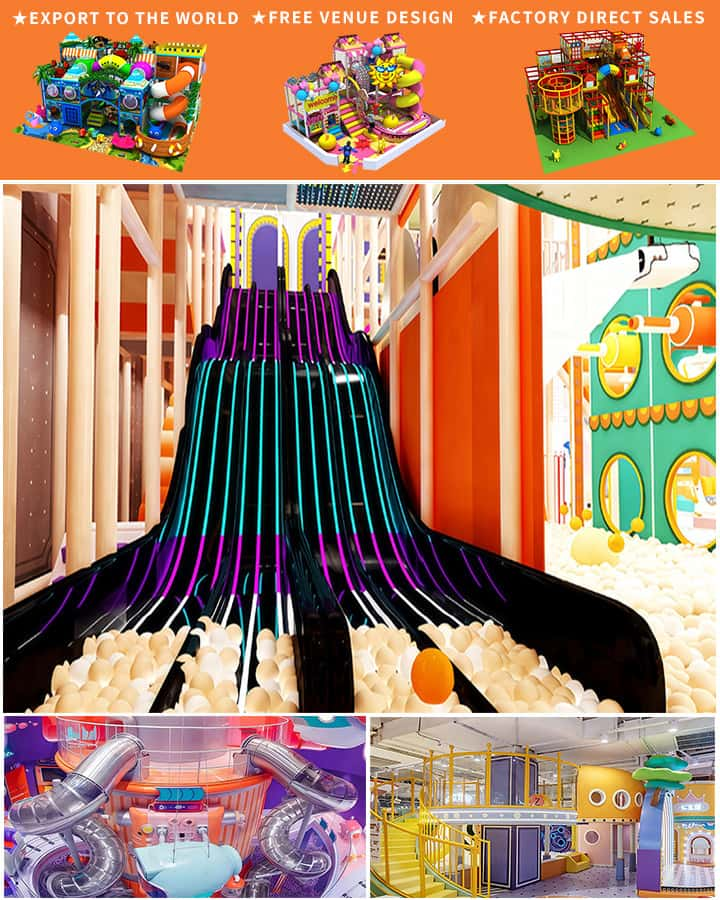Playschools are a critical environment for the early development and education of young children. One of the most influential aspects of a playschool’s setting is its playground equipment. These structures and tools are not just for fun; they play a vital role in the physical, social, and cognitive growth of young learners. This article explores the importance of playground equipment in playschools and how it contributes to the overall development of children.
Physical Development
One of the primary benefits of playground equipment is the promotion of physical development. Climbing frames, slides, seesaws, and balance beams encourage active play, which is essential for developing motor skills, strength, and coordination. For instance, navigating a climbing frame requires children to use their upper body strength and hand-eye coordination, while balancing on a beam helps improve stability and posture.
Moreover, playground equipment often incorporates elements that challenge children’s agility and endurance. Swings and seesaws, for example, require rhythm and timing, enhancing cardiovascular fitness and muscle tone. The varied nature of playground activities ensures that different muscle groups are engaged, promoting comprehensive physical development.

Social Skills
Playground equipment serves as a catalyst for social interaction among children. Shared play experiences on swings, slides, and climbing structures encourage cooperation, communication, and empathy. When children engage in group play, they learn to take turns, share space, and collaborate towards common goals. These interactions are fundamental for developing social skills that will benefit them throughout their lives.
In addition, playgrounds provide an informal setting where children can practice conflict resolution and develop friendships. By negotiating who goes down the slide next or how to work together on a climbing frame, children learn valuable lessons about teamwork and mutual respect. These social dynamics are crucial for emotional intelligence and interpersonal relationships.
Cognitive Growth
While physical and social benefits are evident, playground equipment also plays a significant role in cognitive development. Play is an essential part of learning for young children, and well-designed playground equipment stimulates creativity and problem-solving skills. For example, climbing structures can inspire imaginative play, where children might pretend to be explorers or superheroes, fostering creativity and narrative thinking.
Interactive elements such as puzzle panels or musical instruments integrated into playground designs can further enhance cognitive abilities. These features engage children’s minds, encouraging them to think critically and solve problems. The sensory experiences provided by tactile elements like textured surfaces or water play areas also contribute to cognitive development by stimulating curiosity and exploration.
Safety Considerations
While the benefits of playground equipment are numerous, safety is paramount. Playschools must ensure that their playground equipment is age-appropriate, well-maintained, and adheres to safety standards. Regular inspections and upgrades are necessary to prevent accidents and injuries. Providing a safe environment allows children to enjoy the playground freely and maximize its developmental benefits.
Conclusion
In conclusion, playground equipment in playschools is a cornerstone of early childhood development. It supports physical health, fosters social skills, and stimulates cognitive growth. As such, investing in quality playground equipment and maintaining it properly is crucial for creating a nurturing and enriching environment for young learners. By prioritizing playground infrastructure, playschools can provide children with the tools they need to develop holistically and joyfully.




